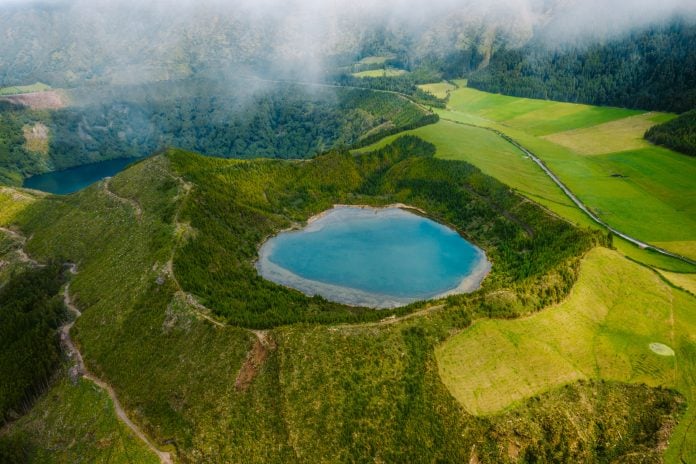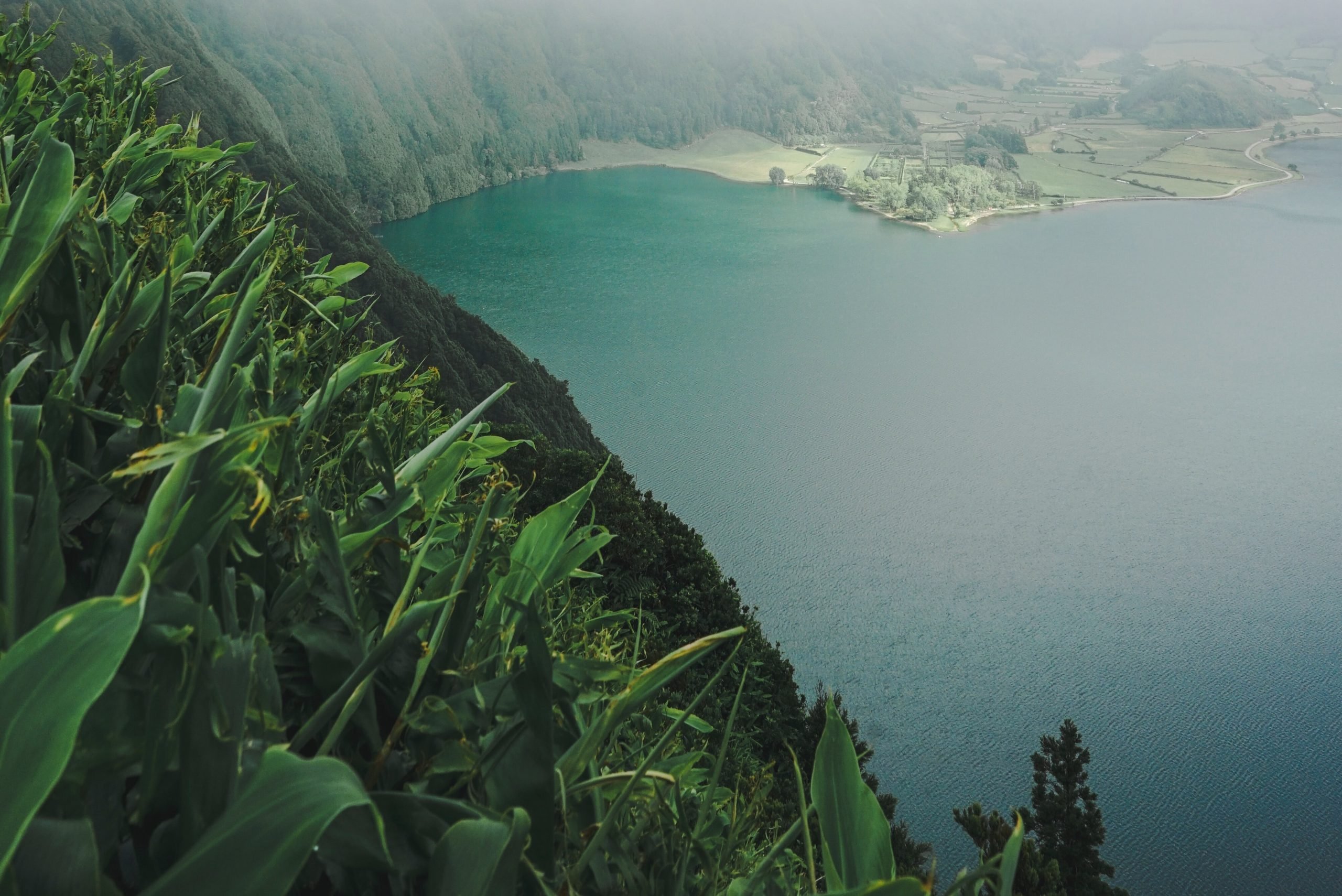Looking for an island adventure in Europe? Between Lisbon and New York, the Azores are an archipelago of nine volcanic islands in the middle of the Atlantic Ocean. The islands are located around 850 miles west of mainland Portugal, but as the Portuguese island of Madeira, the Azores are an autonomous region of Portugal.
This archipelago might be a part of Portugal, but its rich biodiversity and unique scenery will make you feel like you are far from Europe. This is a place where time slows down and the true Azorean way is to enjoy every moment of the day, without any rush. The Azores are home to breathtaking mountain views, tropical greenery, colorful hydrangeas, and incredible waterfalls.
These islands are the product of the forces that forever shape our planet. Formed around 36 million years ago, the Azores are the result of volcanic and seismic activity associated with the European, American, and African tectonic plates. The landscape is reflective of these events, from volcanos to caverns and large blue lakes.
From whale watching and diving to breathtaking hikes with secret waterfalls, these islands paint a picture suitable for a fairytale. The Azores are a perfect destination for those looking to connect with nature and flee the hustle and bustle of a large city.
The Azoreans are known for sustainability and are proud to protect the nature that is theirs. The Azores are the first archipelago in the world to achieve an international certification of a sustainable destination by the Global Council for Sustainable tourism. The Azores are committed to keeping its urbanization low to protect natural heritage sites, marine life, and their 13 caldera lakes. Azoreans appreciate that tourists are also mindful of the environment when they visit. And please do visit! The tourism industry is probably the largest in the Azores, along with fishing and agriculture.
The Azores is now a growing tourist destination, but also the birthplace of many Americans. About a million North Americans were born or descend from the Azores, four times the current population of the islands! Every year, thousands return to the Azores in May for the Holy Christ of Miracles festival. This religious event happens every fifth Sunday after Easter in the island of São Miguel where the streets get decorated with flowers.
What are the Best Islands to Visit in Azores?
While the whole archipelago is known for its natural beauty, each island in the Azores has its own unique characteristics and something that makes them special. The 9 islands were settled at different times over two centuries so their culture and traditions are all different. Throughout the years, the Azores have been settled by the Flemish, French, and Spaniards.
The nine islands cover up to 906 square miles of land. The largest island is São Miguel at 293 square miles. The eight other islands are Faial, Flores, Graciosa, Pico, São Jorge, Santa Maria, Terceira, and Corvo, the smallest one. Click on any island to read our detailed guide on each island of the Azores.
Although all islands are worth a visit, let’s take a look at our top 3 islands to visit in the Azores.
1. Flores
A UNESCO Biosphere Reserve, Flores is one of the most remote islands in the Azores. This island is quite small at around 142 kilometers squared and is home to only 4,000 inhabitants. This island is best explored by car so you can reach remote areas like hiking trails and natural pools. Flores translates to “flowers” and the island is filled with colorful hydrangeas everywhere you go.
The island has some impressive crater lakes like Lagoa Negra and Lagoa Comprida that you can hike around. Flores is also waterfall central! The most famous one is on the road to Faja Grande, where you can find Ribeira Grande with the largest waterfall on the island. You can also visit Poço do Bacalhau, where you can take a swim under an incredible waterfall.
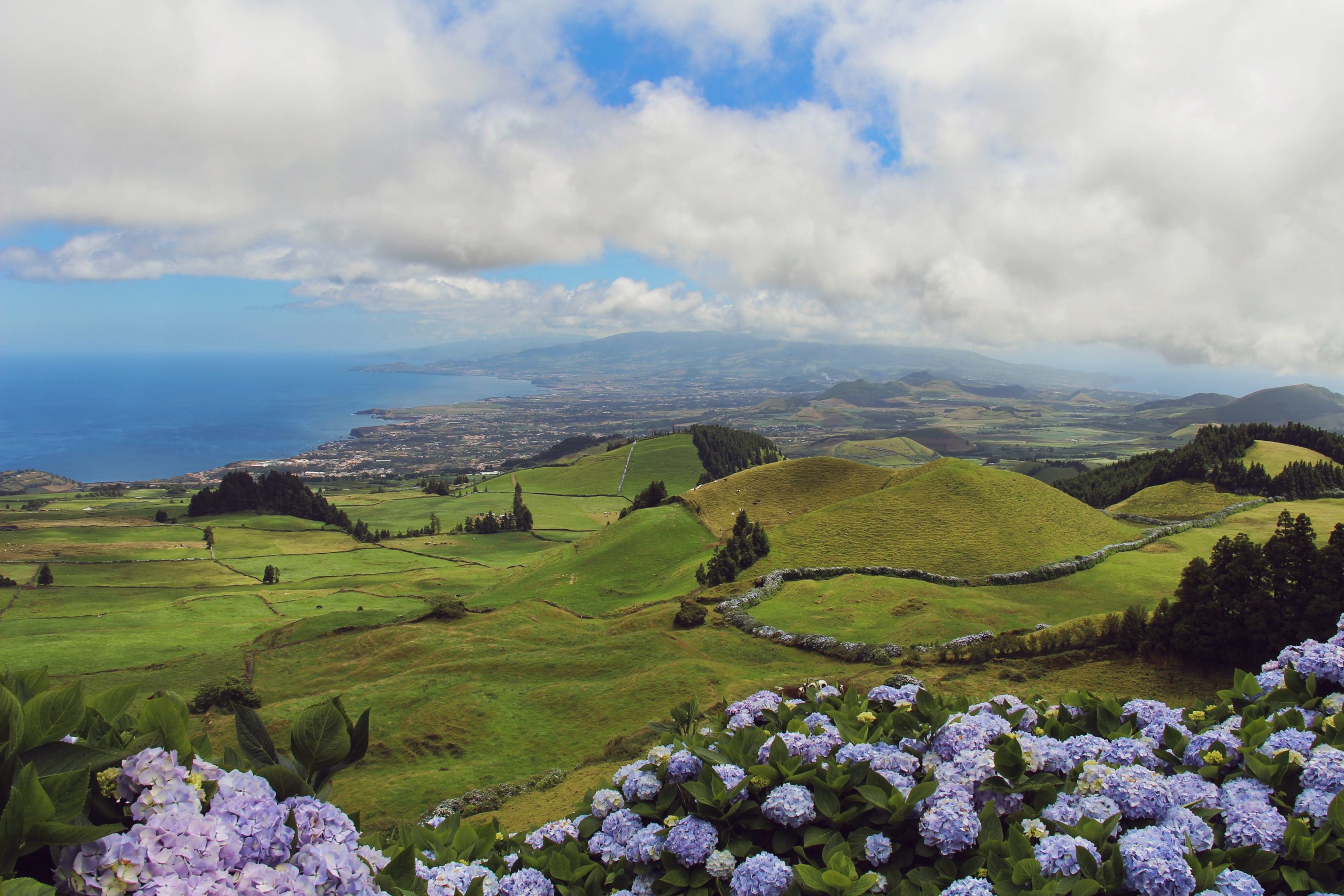
2. Pico
An island that feels like Hawaii, Pico is an iconic island to visit. In the middle of this island stands “Pico Mount”, the highest point in all of Portugal at around 8,000 feet above sea level. If you’re feeling brave, you can hike up to the highest point. The terrain is quite hard to hike through, particularly on the way down. The hike takes around 8 hours and is quite difficult. It is best to do the hike with a Certified Pico Mountain guide to avoid any injury or challenges. You can book a guided hike here where you will also learn about the geology, fauna, and flora of the mount.
If you’re not feeling active enough to do the hike, Pico island has a lot more to offer. The island is famous for its whale watching. You can find the whaler’s museum in Sao Roque, a marina area where you can learn about the history of whale hunting and conservation on the island. Whale hunting has been banned since 1986 and ever since the islands and biologists have been committed to their conservation. You can book a dolphin and whale guided tour with a biologist here. If you’re lucky, you might spot an incredible Blue whale that is 25 meters long. This is a once in a lifetime experience!

3. São Miguel
Nicknames “The Green Island”, São Miguel is the largest island in the Azores. This island is the best of both worlds: you get the iconic Azorean natural landscapes, as well as a city life that other islands don’t have. Over 140,000 people live on this island. Since it’s the largest, we recommend staying for at least 4 days.
Our favorite spot in São Miguel is Sete Cidades, on the West side of the island. If you’ve seen a postcard of Azores, you’ve probably seen the Lagoa das Sete Cidades, a big lake divided by a bridge into two parts: one green and one blue. Head to the Vista do Rei viewpoint where you can enjoy a beautiful view of the lagoon.
Another famous lagoon to visit is Lagoa do Fogo or Fire Lake. You can hike through a trail down to the lake beach for 30 minutes. But don’t swim in the lake! Also, make sure to visit Caldeira Velha, the natural park full of natural thermal pools and hot springs. At the end of the park, you can find the famous waterfall spring, a larger pool with warm water of around 25 degrees celsius.
What to do in the Azores?
The Azores are the perfect place to explore nature and are a suitable destination for all kinds of travelers, including families with children. From exploring the unique islands’ cultures and cuisines to hiking through trails with breathtaking views, the Azores are a special place with activities for all. Here are our top 3 things to do in the Azores.
1. Hiking
Every Azorean island is filled with hiking trails amidst lakes, cliffs, and gorgeous fairytale-like forests. There’s a hike for everyone. The shortest hike is in Graciosa at a little over 2 kilometers long, while the longest is in Santa Maria at 78 kilometers long for the bravest.
If you are a beginner and new to an island, make sure to hike on “official” trails that are taken care of by the Azores Tourism Broad. These are properly maintained and signed with hiking markers throughout so people do not get lost. You can look up the official hike trails here. You can find the routes on a map, the duration of the hike, as well as the elevation levels, and more.
There are over 80 hiking trails in Azores, spanning 800 km. The options are endless, so we’ll help you out. Here are our favorite hiking trails on each Azorean island:
- São Miguel: Lagoa do Fogo (11 KM, 4 hours)
- Pico: Caminho das Lagoas (22 KM, 7 hours)
- São Jorge: Serra do Topo to Fajã dos Cubres (9.5 KM, 2h30m)
- Flores: Lajedo (13.1 KM, 3h30m)
- Corvo: Caldeirão (4.8 KM, 2h30m)
- Graciosa: Caldeira (10.8KM, 3 hours)
- Terceira: Passagem das Bestas (4KM, 2h30)
- Faial: Dez Vulcões (19.3KM, 5 hours)
- Santa Maria: Areia Branca (11.5 KM, 4h30)
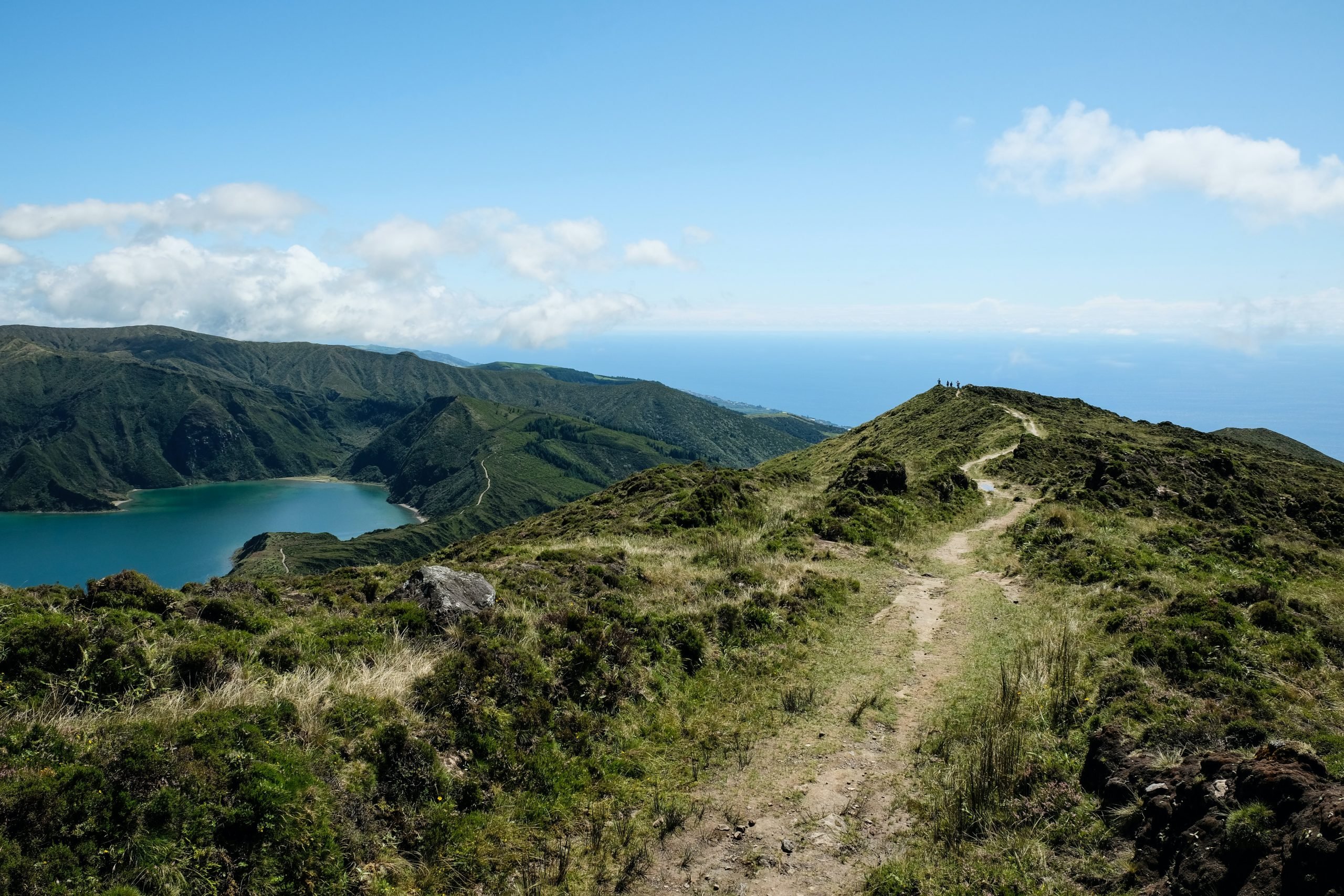
2. Whale watching
If you are a whale lover, the Azores are the top place to visit. The Azores are home to 24 different species of whales and are considered one of the best places in the world for whale-watching. The reason the islands have so many whales is that the waters are incredibly deep, nearly 3 kilometers deep in some areas. While for hundreds of years until the 80s these whales were hunted by Azoreans, today they are an incredible tourist experience.
You’ll be out in Atlantic ocean waters enjoying the majestic presence of sperm whales and orcas, as well as dolphins. If you’re lucky, you’ll get to see a whale coming up to the water surface for air and expelling “the blow”. This is when they expel air through their blowhole and you witness an intense water spray reaching the air.
Whale-watching season in the Azores is from April to October, but you can usually see the sperm whales all year round. Sperm whales are the largest of the toothed whales and can reach 20 meters in length.
Don’t worry, you’re safe in your boat if you go with the right people. The best way to see some whales is to book a tour with a marine biologist, who will be mindful of the whales and tell you all about these creatures.
Book a whale-watching tour in the Azores
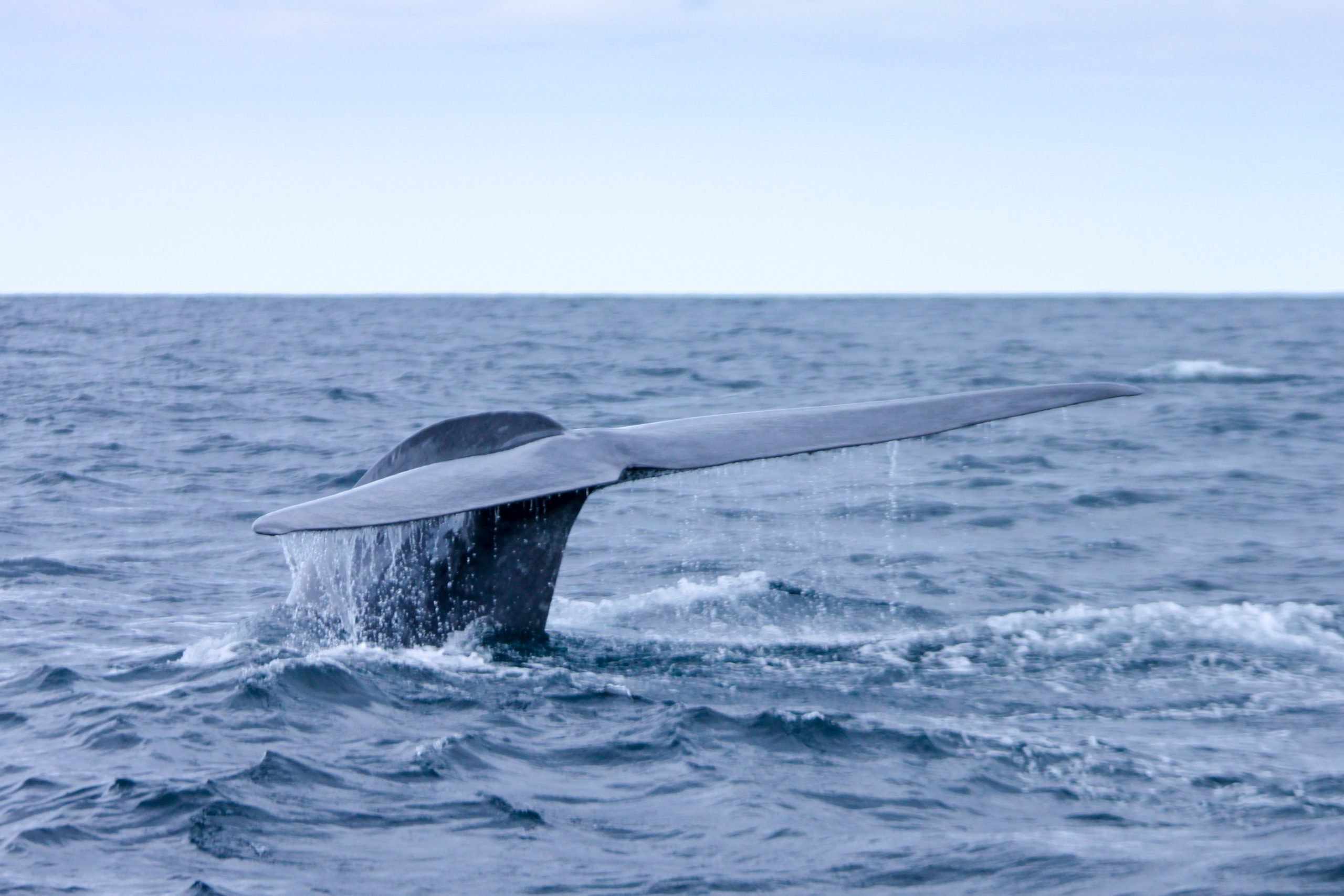
3. Natural pools
The volcanic nature of the Azores results in incredible natural pools, many with waterfalls. The solidification of the lava from the volcanic eruptions created new rocky formations such as these. The archipelago has hundreds of natural pools. You can find some warm natural pools like the 35ºC yellow pool in Terra Nostra, São Miguel. However, be aware that most other natural pools are quite cold, even in the summer. It’s still the perfect way to relax after a long day hiking though. You can also enjoy a nice picnic with wine next to one of these natural pools. Many natural pools come with a picnic area and come with free showers. They do not, however, have lifeguards working there.
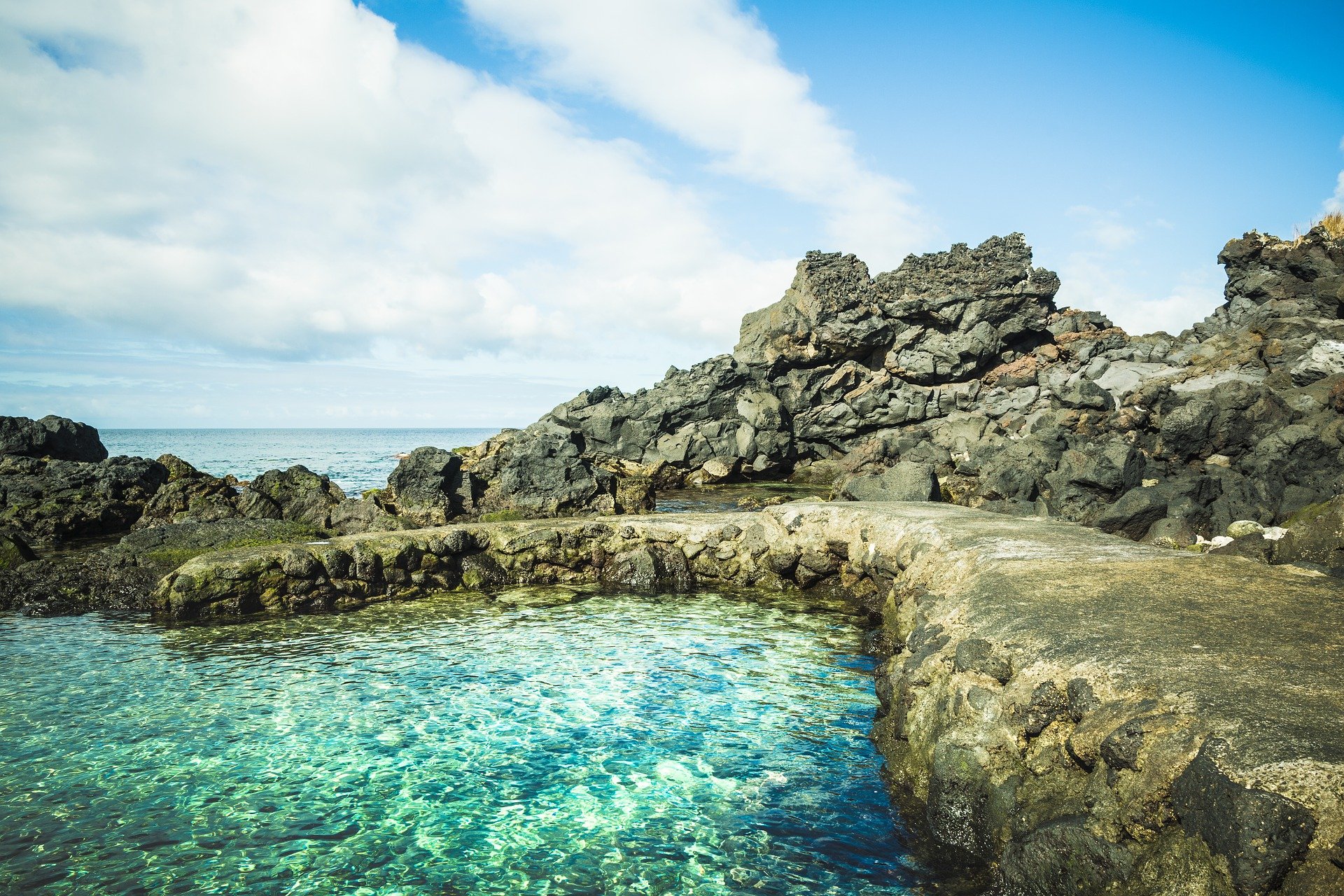
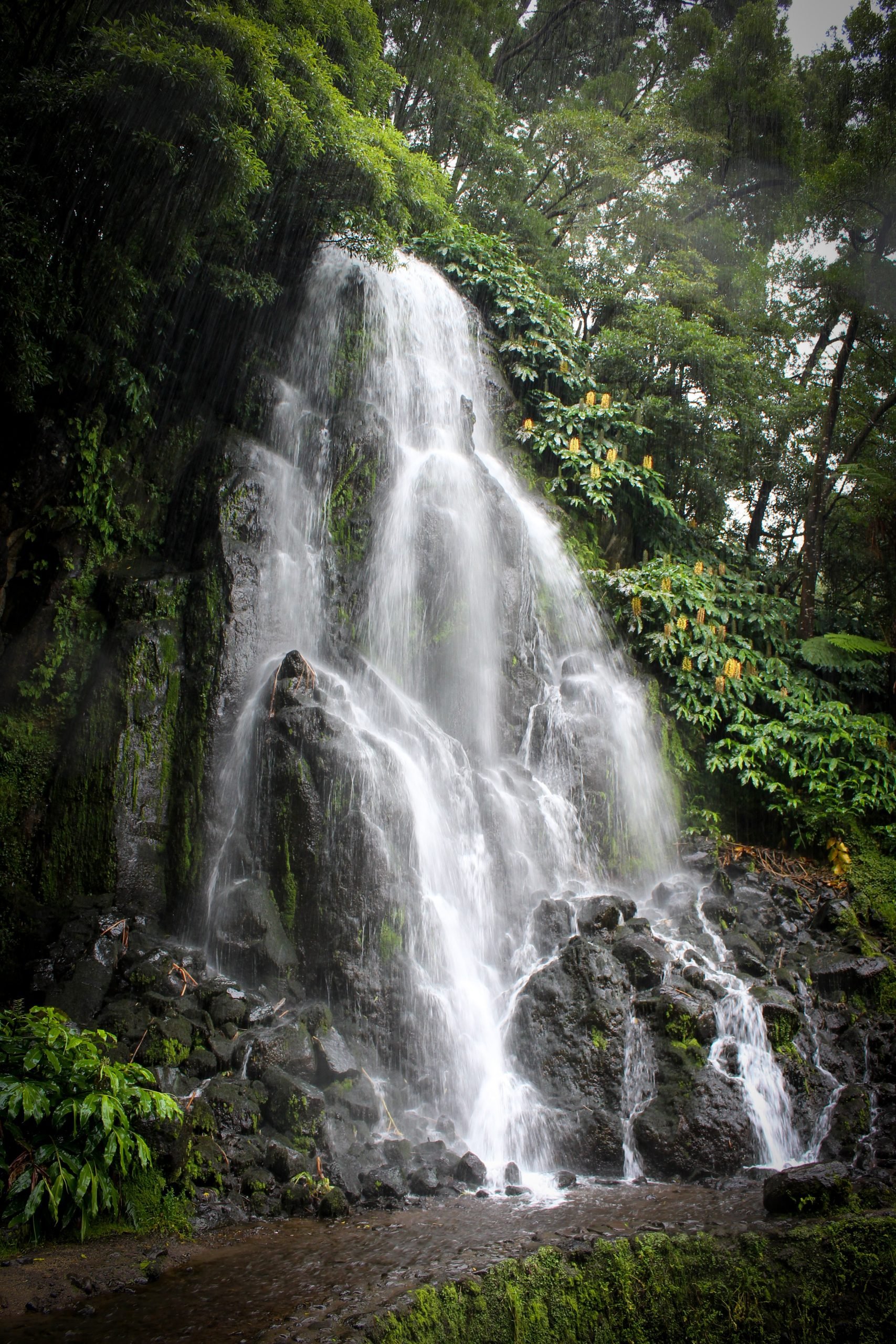
What is the weather like in the Azores?
Azorean weather is very unpredictable. Azoreans say that the islands get four seasons in one day. The islands might look like a tropical paradise, but not in terms of the weather. However, they are still beautiful all year round. In fact, the foggy atmosphere and rainy days add to the Azorean charm.
The best times to travel are definitely between May and September. Temperatures are more moderate at this time, rarely getting higher than 30ºC. During the winter, it usually doesn’t get colder than 7ºC. The Azores rarely get heat waves in summer or cold waves in winter.
The temperatures are usually not the issue, but it does rain quite a lot. This is why the Azores are so green! To avoid the rain, travel during the summer. From June to August, it only days for 5 to 7 days on average. From December to April the Azores get the most rain, around 15 days per month.
What to eat in the Azores?
You can’t travel to Azores without trying the local peasant-based style cuisine. We have yet to encounter a bad restaurant in Azores. The fertile soil of this green land leads to unique crops, vineyards, and high-quality dairy cattle and livestock. The Azores are known for a variety of dishes, which we will get to in a bit.
However, our favorite that you cannot miss out on is “Cozido das Furnas” which you can get in São Miguel. This is similar to the classic Portuguese cozido, a meat stew with cabbage, carrots, potatoes, blood sausage, pork and beef. But this is no regular stew – its cooked by a volcano. This dish is placed in a metal pot and buried in volcanic soil to be slow cooked by the natural heat of the caldeiras.
There are many other dishes to also try in the Azores. Don’t know what to order at an Azorean restaurant? Here are the best local Azorean dishes to try:
- Octupus cooked in wine
- Fried mackerel
- Locally-grown Azorean pineapples
- Pico cheese
- Black sausage
- Cherry-red pepper (“Pimenta da terra”)
- Sweet azorean bread (“Bolo levedo”)
- Limpets (“Lapas”)

Final Thoughts
Pack your bags! And a waterproof jacket! A sustainable tourist destination, the Azores are a once in a lifetime experience. We recommend doing some island hopping to make the most out of your travel. From hiking with views of large blue lakes to witnessing the largest sea life creatures on earth, visiting the Azores is an unforgettable experience. It is truly a peaceful place, perfect for destressing and letting go of the anxieties of everyday life. Live like an Azorean local for a few days and enjoy every moment of your day without worry.

